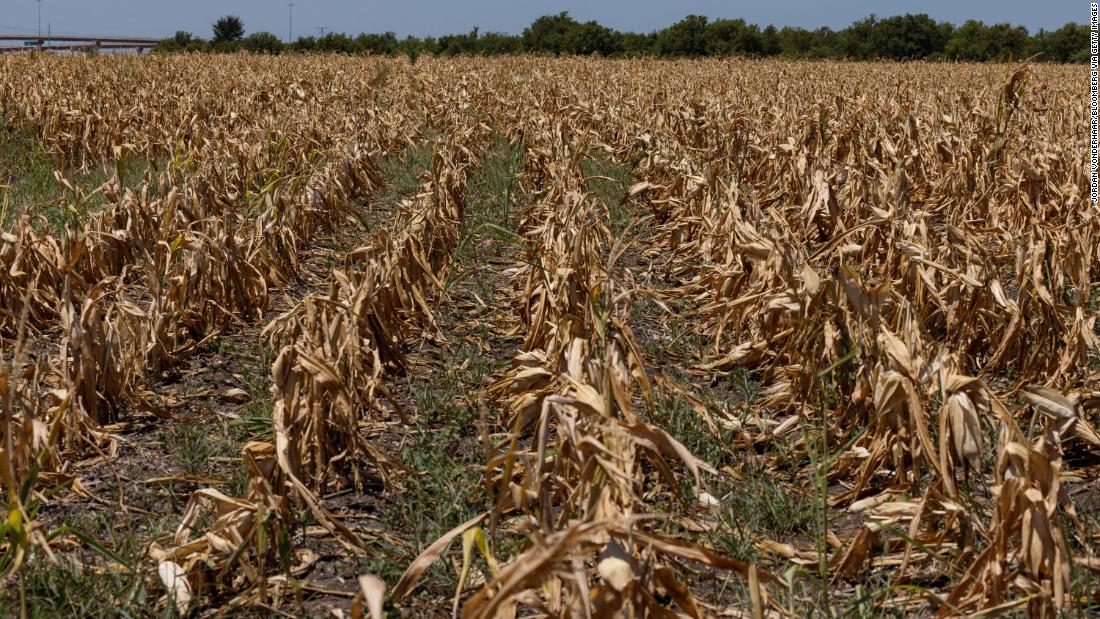
These events — flash drought and flash flood — represent two sides of the climate change coin. The contrast is a pattern scientists say the climate crisis will continue to intensify; one part of the US could be thrust into a drought seemingly overnight, while another wakes up to deadly flooding.
Flash drought
Temperatures have been running 5 to 10 degrees above normal in the Lone Star State so far this month. Wednesday was Dallas’s 11th consecutive day with temperatures topping 100 degrees — making it one of the city’s longest triple-digit streaks on record.
Without meaningful precipitation, the intense heat is baking moisture out of the soil.
“The lack of rainfall we’re seeing across the region has added to the increasing drought conditions,” Bianca Garcia, meteorologist at NWS Ft. Worth said. “Most of our region in North and Central Texas is either in extreme drought or exceptional drought.”
Oklahoma is also experiencing “the hottest summer in several years,” said Phillip Ware, a meteorologist for the National Weather Service in Norman, Oklahoma. And there is no precipitation in the forecast to provide relief.
The heat is going to accelerate the drying out of soil and vegetation, Ware told CNN. “So, it’s going to lead to worsening drought over time.”
The vegetation is becoming noticeably stressed in northeast Oklahoma, said Michael Bowlan, a meteorologist for NWS in Tulsa.
“We haven’t gotten measurable rain across most of our forecast area for much of the last month, so it’s been really dry and really hot,” Bowlan told CNN. “Looking out the window right now, the grass and everything is turning brown.”
Bowlan said he doesn’t see meaningful rain for the rest of July and into August for northeast Oklahoma. He also noted the possibility of record-breaking heat during the same time — a combination that will exacerbate drought conditions in that region.
Drought develops in New England
Drought has developed beyond the Central US over the past several weeks. Maine, Massachusetts, New Hampshire, Connecticut and Vermont were also in flash drought conditions this week, the Drought Monitor reported.
Connecticut Gov. Ned Lamont asked residents to start conserving water as 46% of the state was in a moderate drought this week. The state’s drought working group declared a stage 2 drought out of 5, noting that the lack of rainfall could impact water supplies and agriculture.
CNN’s Caitlin Kaiser contributed to this story.
